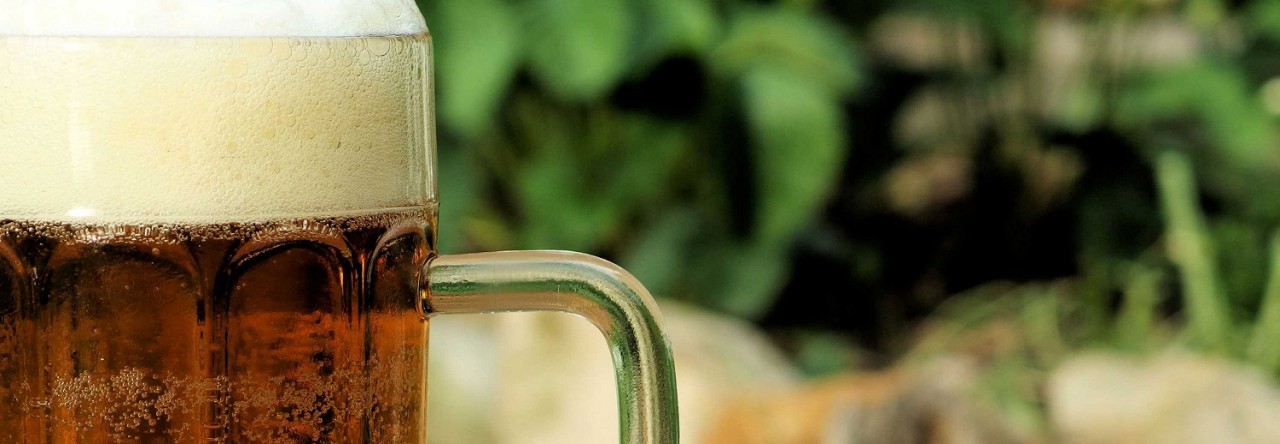We are back with another SMaSH beer and another New Zealand variety. As mentioned in our Riwaka hops post, I choose to buy a bunch of packets from Yakima Valley Hops since they had a sale on their 2022 supply. Because we didn’t know much about Pacific Sunrise hops, we brewed a SMaSH (Single Malt and Single Hops) beer to get a better sense of it and talk about it on the internet. Use our thoughts presented here in your own homebrew adventures. Enjoy!
How We Brew The SMaSH Beer
For this beer we used of two pounds (0.9 kg0 of Rahr 2-row malt. We mashed at a temperature of 150°F (66°C) for an hour with 2 gallons of spring water. After mashing, we boiled the wort for an hour. Our first addition took place with 10 minutes remaining in the boil, adding 7 grams of hops. After boiling, a hop stand followed, where the beer was cooled to 180°F (82°C) and 14 g of hops were steeped for 10 minutes. Then, the beer was chilled to the fermentation temperature, and yeast was added to initiate fermentation (3 g of US-05 dry yeast). On the third day of fermentation, an additional dry hop of 7 grams was introduced and we carbed it up in the uKeg.
Pacific Sunrise Hops Thoughts
Assessing the aroma, we found a range of impressions including wet raisin, wet plum, and a hint of canned lychee. Alongside these notes, there is a creamy caramel aspect and a subtle tropical salad note.
Moving on to the taste, the creamy sweetness dominates, accompanied by a plummy essence and slightly subdued tropical undertones. The aftertaste introduces a burst of citrus pithiness, enhancing the flavor experience. On top of all of these flavors, an intriguing butterscotch-like quality surfaces.
We think these the hops are defined by sweet fruit, citrus, and a woody aromatic nature. We think these hops should be used as a background hop, its potential to complement brighter varieties becomes evident. Pacific Sunrise hops present a certain level of complexity that make them better to blend with other hops to accentuate their qualities.
If you have a chance to brew with them, be sure to let us know!
BREW ON!
